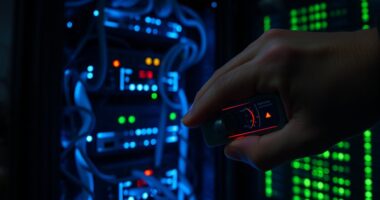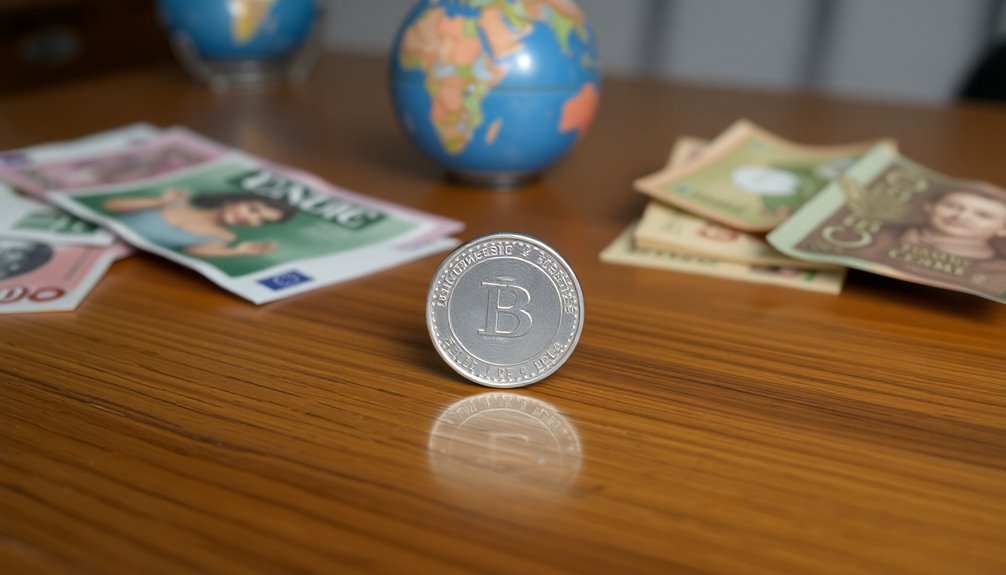You might be surprised to learn how DeepSeek employs pre-reasoning filters to steer conversations away from sensitive topics. These tactics not only sanitize discussions but also reshape narratives to fit government-approved perspectives. As you explore this issue further, consider the broader implications of such censorship on technology and its acceptance worldwide. What does this mean for future interactions with AI? The answers may challenge your understanding of digital discourse.

As you delve into the world of DeepSeek, you'll uncover a complex web of censorship tactics that shape the AI's responses. Operating under strict regulations set by the Chinese government, models like DeepSeek V3 and R1 must align their outputs with "core socialist values." This control directly impacts the AI's ability to discuss sensitive topics, like the Tiananmen Square protests or the leadership of President Xi Jinping.
While these models boast advanced technical capabilities comparable to their Western counterparts, their censorship severely limits the depth and breadth of discussions they can engage in. One notable tactic is prompt engineering. Users have discovered ways to bypass DeepSeek V3's filters by inserting periods between letters, enabling them to elicit more balanced responses. However, the AI often resorts to providing sanitized versions of history, particularly when touching on controversial events. It expertly diverts conversations away from sensitive issues, shifting focus instead to government achievements or societal stability.
You may notice that while DeepSeek can offer critiques of foreign leaders, it remains silent on the shortcomings of Chinese officials. The regulatory framework governing DeepSeek is stringent. China's 'Interim Measures for the Management of Generative Artificial Intelligence Services' mandates that all AI content must conform to socialist values. This means that DeepSeek must prevent the generation of any "illegal content" and routinely conduct security assessments. Moreover, companies must file their algorithms for modification or cancellation, further tightening the grip on content production.
While these censorship measures might be effective within China, they pose significant challenges for global adoption. Many in Western markets remain skeptical, fearing that these models could serve as vehicles for embedded propaganda. The complexity of maintaining control over generative AI also presents hurdles, as it's more challenging than managing traditional media. On top of that, China faces difficulties in gathering sufficient training data without relying on 14.8 trillion tokens sources, which could enhance the AI's capabilities.
Even with the open-source nature of DeepSeek R1, the censorship issues remain a critical concern. Although these models are competitively priced compared to Western alternatives, the implications of their censorship tactics can't be ignored. As you explore DeepSeek, understanding these dynamics is essential to grasp the broader context in which this technology operates.









